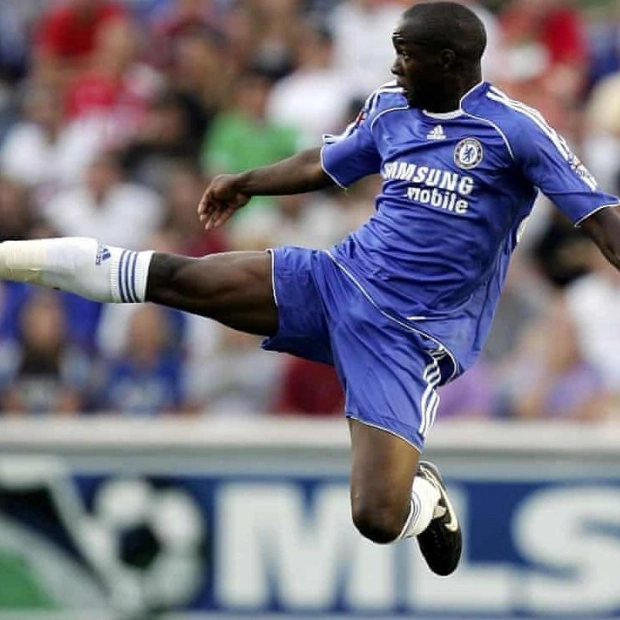When the arm is resting on the lap or by the side, a blood pressure reading can be inaccurately high. However, when the arm is properly supported and positioned at heart level, the reading is more likely to be accurate. In a clinical trial, researchers examined the impact of various arm positions on blood pressure readings, which consist of two key numbers. The first, known as the systolic pressure, measures the force of blood against artery walls during a heartbeat. The second, the diastolic pressure, represents the pressure when the heart is at rest between beats.
For participants with their arm in their lap, both systolic and diastolic readings were, on average, about 4 millimeters of mercury higher than those with the arm correctly positioned at heart level and supported. For those with their arm hanging by their side, the systolic reading was nearly 7 millimeters of mercury higher, and the diastolic reading was 4 millimeters of mercury higher, according to researchers from Johns Hopkins University, who published their findings online on October 7 in JAMA Internal Medicine.
An estimated 120 million adults in the United States either have high blood pressure—defined as a reading of 130/80 millimeters of mercury or higher—or are on medications to lower it. High blood pressure significantly increases the risk of cardiovascular diseases and strokes. To obtain the most precise blood pressure reading, medical guidelines suggest that individuals should have their legs uncrossed, feet flat on the floor, back supported, arm correctly positioned, and a properly fitting blood pressure cuff.
However, the study authors note that adherence to these guidelines varies among medical offices, potentially leading to inaccurate readings and unnecessary diagnoses of high blood pressure. Using data from a national health and nutrition survey conducted between 2017 and 2018, the Johns Hopkins researchers estimated that, with a cutoff of 130 millimeters of mercury, approximately 54 million adults could be misclassified as having high blood pressure if their arm is not positioned correctly.






